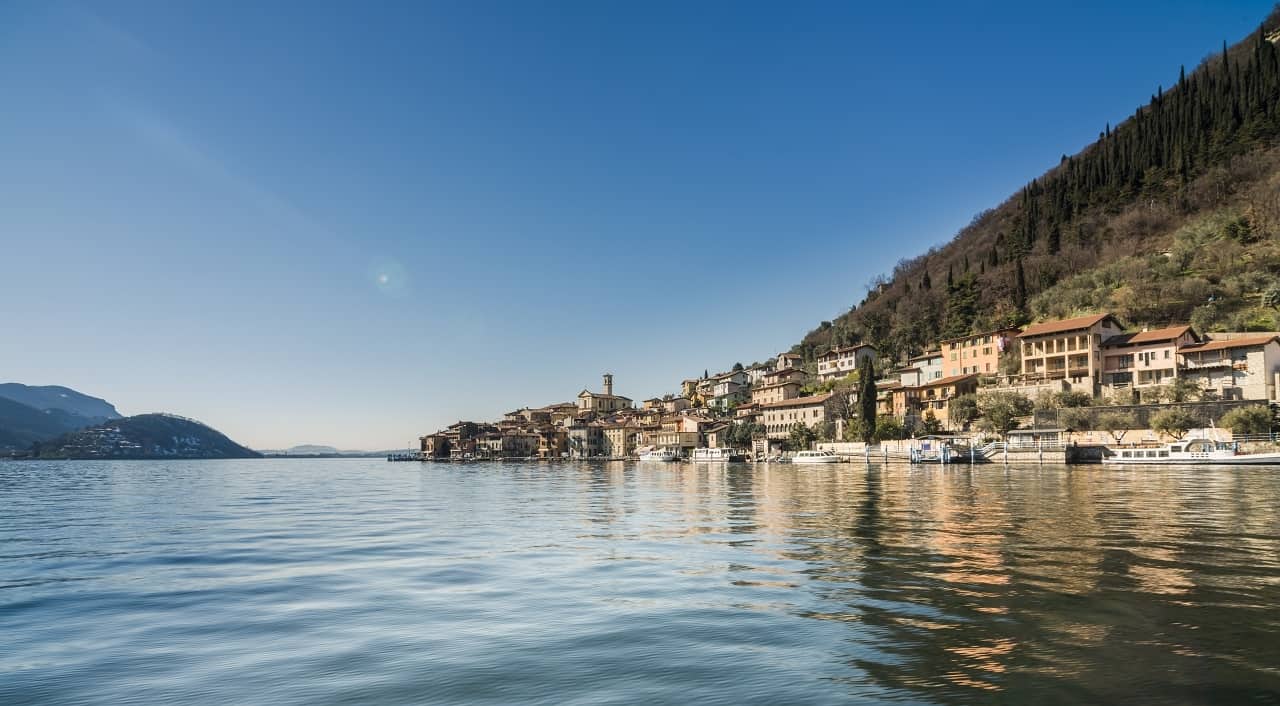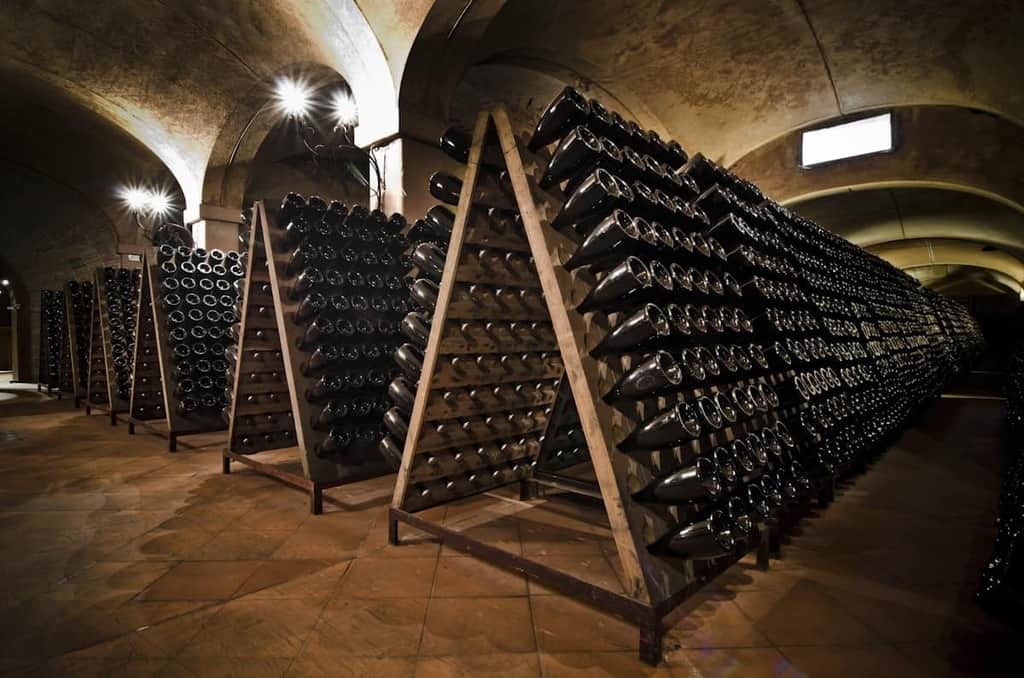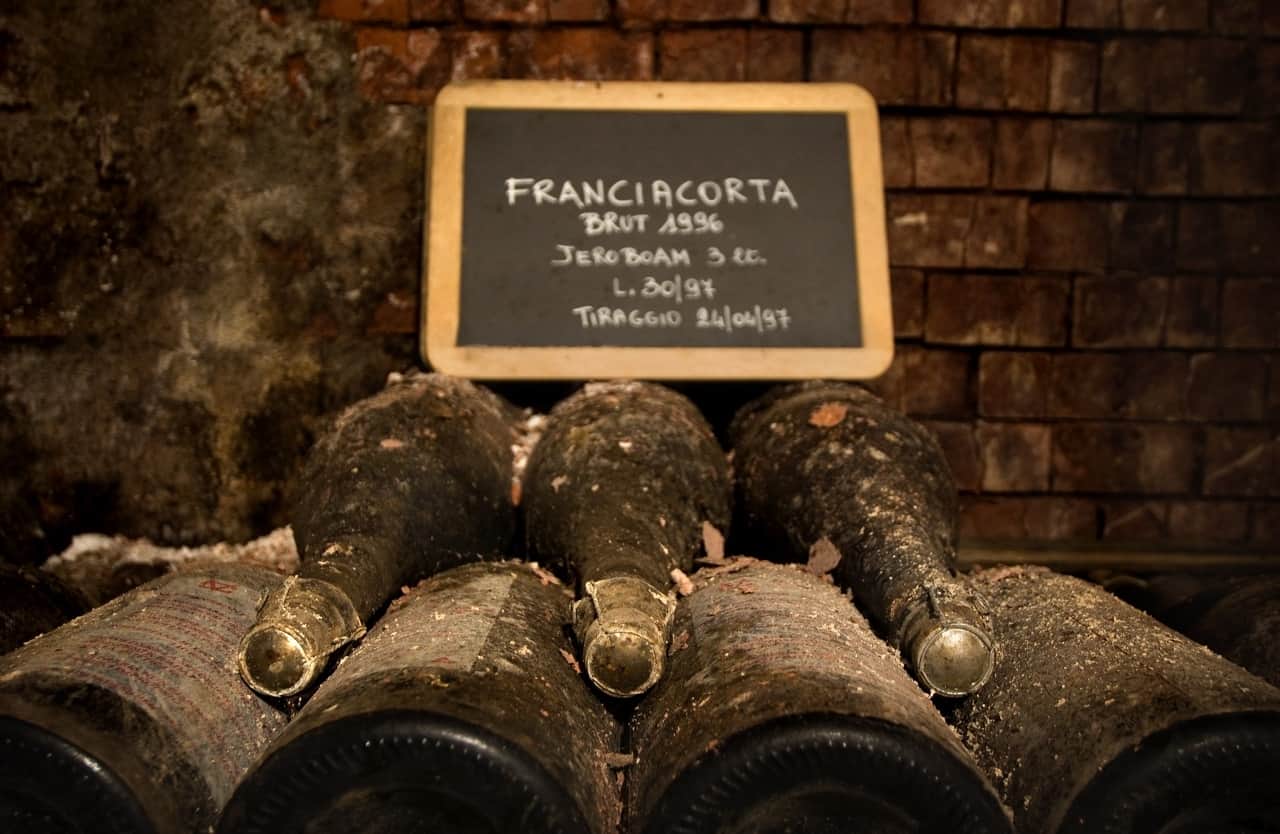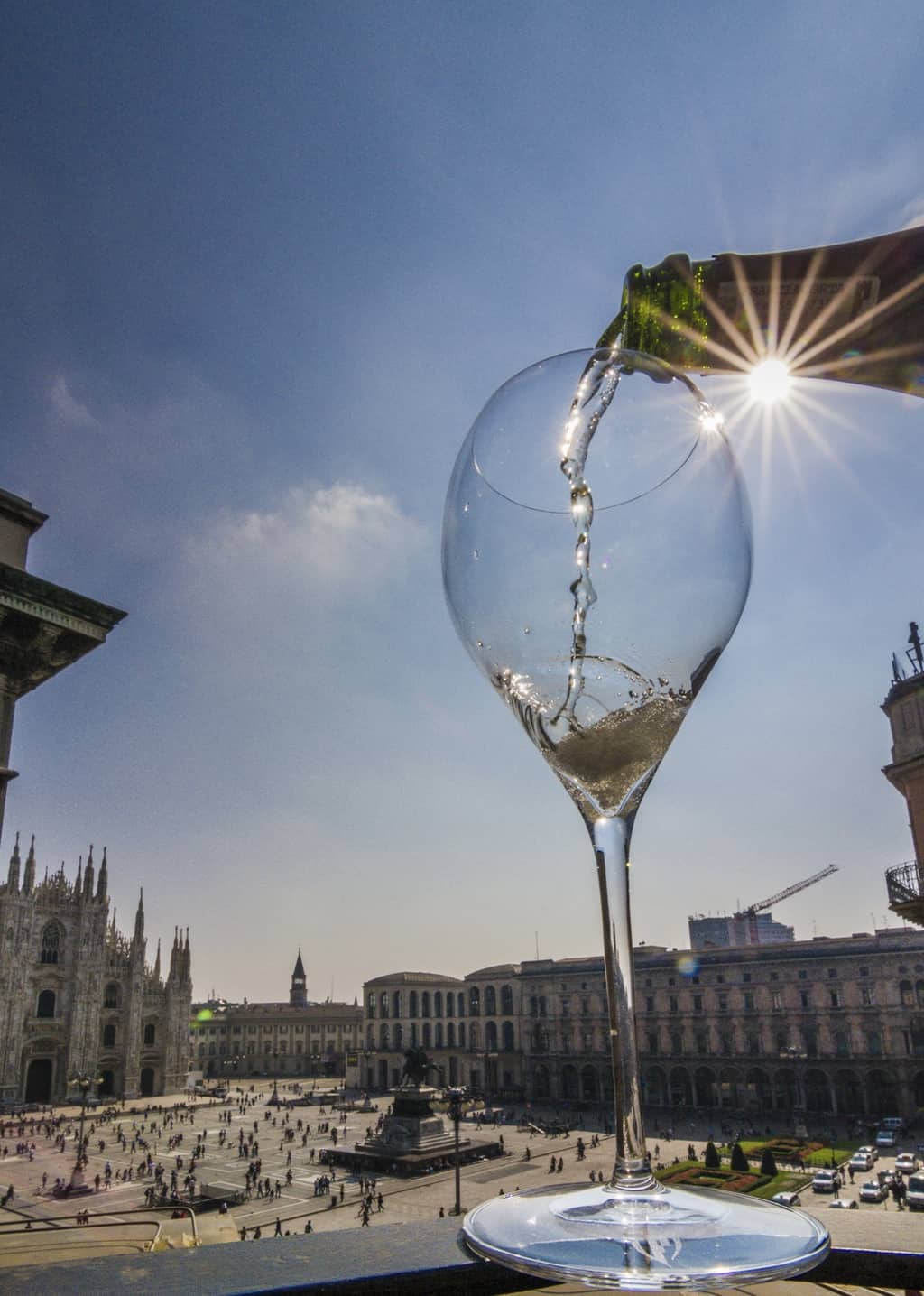An Introduction to Understanding the Sparkling Wines of Franciacorta
Last Updated on May 18, 2021.
In the world of Sparkling Wines, consumers now have many options from around the world. There are various styles and regions to choose from, depending on the taste and style preference of the one who is enjoying the wine.
One of the more ancient areas of sparkling wine production is the elusive Franciacorta region in Northern Italy. Perhaps lesser known than Italy’s more widely distributed sparkling wine — Prosecco — Franciacorta is more similar in style to a Champagne or Cava, as it is a bottle-fermented wine as opposed to tank-fermented like Prosecco, giving it a reputation as a highly underrated wine of exceptional quality.
When deciding on sparkling wine preferences, it’s important to understand the sparkling wines of Franciacorta.
The Region of Franciacorta
The region where Franciacorta is made is a stunning landscape of vineyard-clad hills, charming Italian countryside, hundreds-year-old architecture, and surrounded by natural wonders of rivers, lakes and mountains. The region lies at the heart of Lombardy, close to Milan and bordering Lake Iseo. It covers about 200 sq. kilometers across 19 municipalities in the Province of Brescia. The picturesque landscape was formed by retreating glaciers that left mineral-rich soil in their place nearly 10,000 years ago. Between the climate, topography, and historical significance, Franciacorta became a wine-producing paradise dating back to the time of the Romans.
The Name
Though there is much mystery around the origins of the name Franciacorta, one story stands out as likely the closest to reality. The name derives from the phrase francae curtes, which means “free courts.” During the Middle Ages, local towns were called corti regie, or “royal towns.” When the Cluniac Monks arrived some years later and built the monastery at San Pietro in Lamosa, the area was declared free of duties. Thus, the term “Frazacurta” appeared for the first time in the annals of a Brescia township in 1277, possibly as a variation on the phrase for “free courts” or freedom from customs for those local royal towns.
The Wines
Franciacorta is the first Italian wine to be produced exclusively by bottle fermentation. In 1967, the region received its first official recognition when the Franciacorta area was awarded the status of Controlled Designation of Origin (DOC) by Presidential Decree. The region obtained DOCG status in 1995, and the name Franciacorta is now synonymous with the area, wines, and production method. There are now 2,902 hectares of vineyards producing Franciacorta DOCG (Chardonnay 81%, Pinot Nero 15%, Pinot Bianco 3%, Erbamat 1%).
In Franciacorta, there are extremely strict rules for the method of making quality sparkling wine. All grapes must be harvested by hand and undergo natural bottle fermentation. Aging requirements are 18 months on lees for a basic Franciacorta wine, 30 months on lees for vintage wines, and 60 months for Reserves.
The grapes that are permitted in production are Chardonnay, Pinot Nero, and Pinot Bianco, with the last only being permitted in up to 50% of the blend. There is one additional ancient white grape that is allowed up to 10% of the blend for all styles except for Satèn (only Chardonnay and Pinot Bianco up to a maximum proportion of 50%), and that is a grape called Erbamat.
Franciacorta vineyards yield a maximum of 12 tons of grapes per hectare, and the manual wine harvest occurs after the 10th of August and before the 10th of September, depending on the circumstances of the growing season. The grapes harvested from each vineyard are pressed separately and gently, to give the best free run juice. After the grapes are pressed, they are blended to create the Cuvée sometime during the following spring. Once assembled into the best blend, the wines are placed in a bottle with sugar and yeast for aging and carbon dioxide (bubble) formation. The wines are aged for various amounts of time depending on the desired complexity and aromatic qualities.
Franciacorta non- vintage: at least 18 months
Franciacorta Satèn and Franciacorta Rosé, non-vintage: at least 24 months
Franciacorta Vintage, Franciacorta Vintage Satèn, and Franciacorta Vintage Rosé: at least 30 months
Franciacorta Reserve, Franciacorta Reserve Satèn, and Franciacorta Reserve Rosé: at least 60 months
After aging comes riddling and disgorgement, and the addition of liquid to the top of the base wine, similarly to how it is done in other regions that adhere to the traditional method of producing sparkling wine. A small amount of wine is introduced for a zero dosage Franciacorta, and a liqueur de dosage is added to other styles to achieve the desired sweetness levels: Zero Dosage, Extra Brut, Brut, Extra Dry, Sec, and Demi-sec.
Styles and Types of Franciacorta Wine
Franciacorta: Chardonnay, Pinot Nero, Pinot Bianco (maximum proportion of 50%), and Erbamat (maximum 10%)
Franciacorta Satèn: Chardonnay and Pinot Bianco, up to a maximum of 50%.
Franciacorta Rosé: Chardonnay, Pinot Bianco (max 50%), Pinot Nero (min 35%), Erbamat (max 10%)
Franciacorta Vintage Millesimato: The word “millesimo” means that this is a vintage wine, which comes from a single harvest year. Vintage wines are produced when the harvest is of excellent quality and undergoes longer bottle aging than the cuvées. Franciacorta Vintage Millesimato must be cellared at least 37 months after the grapes are harvested before it sold to consumers.
Franciacorta Riserva: The Reserve wines are made from vintages of particular excellence. Consortium regulations mandate that these wines are aged in bottle at least five years.
Regardless of your sparkling wine preferences, it’s time we start including Franciacorta in the conversation about quality sparkling wine more often. For more information on visiting this historical region, check out our detailed Franciacorta itinerary.
Written By Jacqueline Coleman
Jacqueline Coleman is a certified sommelier, professional wine writer, wine judge and consultant based in Miami, FL.
Images courtesy Fabio Cattabiani and Franciacorta DOC.




